Home>Furniture & Design>Bathroom Accessories>What Causes Toilet Bowl Stains
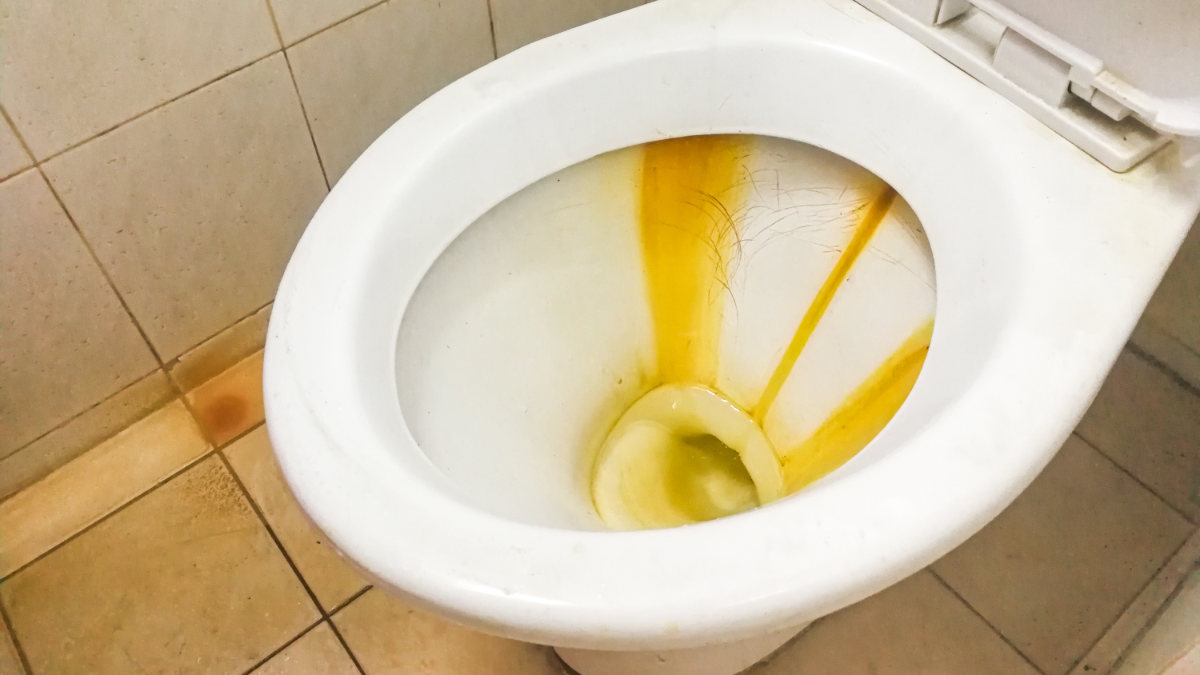

Bathroom Accessories
What Causes Toilet Bowl Stains
Modified: February 18, 2024
Learn about the causes of toilet bowl stains and how bathroom accessories can help prevent and remove them. Keep your bathroom clean and fresh with our tips.
(Many of the links in this article redirect to a specific reviewed product. Your purchase of these products through affiliate links helps to generate commission for Storables.com, at no extra cost. Learn more)
Common Causes of Toilet Bowl Stains
Toilet bowl stains are a common nuisance that can be caused by various factors. Understanding the root causes of these stains is crucial for effectively preventing and removing them. Here are the most common culprits behind toilet bowl stains:
-
Hard Water: One of the primary causes of toilet bowl stains is hard water, which contains high levels of minerals like calcium and magnesium. When hard water evaporates in the toilet bowl, it leaves behind mineral deposits that can form unsightly stains.
-
Mineral Buildup: Over time, minerals present in the water supply can accumulate in the toilet bowl, leading to stubborn stains. These mineral deposits often appear as discolored patches or rings, particularly in areas where water tends to pool.
-
Bacteria and Mold: The moist and warm environment of a toilet bowl provides an ideal breeding ground for bacteria and mold. These microorganisms can cause stains and discoloration, especially in hard-to-reach areas such as under the rim and along the waterline.
-
Residue from Cleaning Products: Certain cleaning products, especially those containing harsh chemicals or dyes, can leave behind residue that contributes to toilet bowl stains. Additionally, using an abrasive brush or pad during cleaning can scratch the porcelain surface, making it more prone to staining.
-
Old or Faulty Toilet Components: Worn-out flappers, deteriorating seals, or a malfunctioning flush valve can lead to water leakage in the toilet bowl. This continuous seepage can result in persistent stains caused by the minerals and impurities present in the water.
-
Usage Patterns: The frequency of toilet use and the duration of time water remains stagnant in the bowl can also contribute to staining. In households with infrequent toilet flushing, water can sit in the bowl for extended periods, allowing stains to develop.
Understanding these common causes of toilet bowl stains empowers homeowners to take proactive measures to prevent and address them effectively. By implementing targeted strategies and maintenance practices, it is possible to keep toilet bowls looking clean and pristine, enhancing the overall hygiene and aesthetics of the bathroom.
Key Takeaways:
- Say goodbye to toilet bowl stains by preventing them with regular cleaning, water softening, and proper ventilation. Keep your bathroom pristine and inviting with these simple strategies.
- Remove stubborn toilet bowl stains using natural remedies like vinegar and baking soda, or commercial cleaners designed for specific types of stains. Keep your bathroom sparkling clean with these effective methods.
Read more: What Causes Blue Stains In Toilet Bowl
Types of Toilet Bowl Stains
Toilet bowl stains come in various forms, each presenting its own set of challenges when it comes to prevention and removal. Understanding the different types of stains is essential for implementing targeted cleaning strategies. Here are the common types of toilet bowl stains:
-
Hard Water Stains: These stains are caused by the mineral deposits left behind when hard water evaporates in the toilet bowl. They often appear as white or brownish rings and can be particularly stubborn to remove. Hard water stains are a prevalent issue in areas with high mineral content in the water supply.
-
Mineral Buildup: Over time, minerals such as calcium and magnesium can accumulate in the toilet bowl, leading to yellow or brownish discoloration. These deposits often form in areas where water tends to pool, such as near the waterline or at the bottom of the bowl.
-
Bacterial and Mold Stains: The presence of bacteria and mold in the toilet bowl can result in black, green, or brown stains. These stains are commonly found in hard-to-reach areas, including under the rim and along the waterline. They not only detract from the appearance of the toilet but also pose hygiene concerns.
-
Rust Stains: Rust stains are typically reddish-brown in color and are caused by the presence of iron particles in the water supply. These particles can oxidize and leave unsightly marks in the toilet bowl, particularly around the drain and in areas where water accumulates.
-
Stains from Cleaning Products: Certain cleaning products, especially those containing harsh chemicals or dyes, can leave behind colored residue in the toilet bowl. These stains may appear as blue, green, or pink discoloration and can be challenging to remove, especially if they have been allowed to accumulate over time.
-
Stains from Hard Water Algae: In some cases, green or brown algae can develop in the toilet bowl due to the presence of nutrients and sunlight. These algae can leave behind stains that are difficult to eradicate, requiring specialized cleaning methods.
Understanding the distinct characteristics of each type of toilet bowl stain is crucial for selecting the most effective cleaning agents and techniques. By identifying the specific nature of the stains, homeowners can tailor their approach to achieve optimal results, restoring the toilet bowl to its pristine condition.
Preventing Toilet Bowl Stains
Preventing toilet bowl stains is essential for maintaining a clean and hygienic bathroom environment. By implementing proactive measures and consistent maintenance practices, homeowners can effectively minimize the occurrence of unsightly stains. Here are several strategies to prevent toilet bowl stains:
-
Regular Cleaning: Establishing a routine for regular cleaning is crucial in preventing the buildup of stains. Using a toilet bowl cleaner with disinfectant properties and targeted stain-fighting capabilities can help inhibit the growth of bacteria, mold, and mineral deposits. Additionally, incorporating a toilet brush with non-abrasive bristles can prevent scratching of the porcelain surface, reducing the likelihood of staining.
-
Water Softening: Installing a water softener can significantly reduce the mineral content in the water supply, thereby minimizing the formation of hard water stains in the toilet bowl. By softening the water, the likelihood of mineral buildup and discoloration is mitigated, contributing to a cleaner and stain-free toilet bowl.
-
Proper Ventilation: Ensuring adequate ventilation in the bathroom can help reduce moisture levels, thereby inhibiting the growth of bacteria, mold, and algae in the toilet bowl. Proper ventilation can be achieved through the installation of exhaust fans or by keeping windows open during and after showering to promote air circulation and prevent the accumulation of moisture.
-
Regular Flushing: Encouraging regular flushing of the toilet helps prevent stagnant water from sitting in the bowl for extended periods, reducing the opportunity for stains to develop. Instructing household members to flush the toilet after each use can help minimize the formation of stubborn stains caused by prolonged water exposure.
-
Use of Toilet Tank Cleaners: Utilizing toilet tank cleaners that are specifically designed to prevent stains and mineral buildup can be an effective preventive measure. These cleaners are placed inside the toilet tank and work to treat the water with each flush, helping to maintain a clean and stain-free bowl over time.
-
Avoiding Harsh Cleaning Products: Refraining from using harsh or abrasive cleaning products can help prevent the accumulation of colored residue in the toilet bowl. Opting for gentle yet effective cleaning solutions can minimize the risk of staining while preserving the integrity of the porcelain surface.
By incorporating these preventive strategies into a regular bathroom maintenance routine, homeowners can effectively minimize the occurrence of toilet bowl stains, ensuring a clean and inviting bathroom environment for all occupants.
Removing Toilet Bowl Stains
Removing toilet bowl stains can be a challenging task, especially when dealing with stubborn and deeply ingrained discoloration. However, with the right approach and effective cleaning techniques, it is possible to restore the toilet bowl to its original pristine condition. Here are several methods for removing different types of toilet bowl stains:
Hard Water Stains
-
Vinegar and Baking Soda: Create a paste using vinegar and baking soda, then apply it to the stained areas. Let it sit for several hours or overnight before scrubbing with a toilet brush. The acidic properties of vinegar help dissolve the mineral deposits, while the abrasive action of baking soda aids in lifting the stains.
-
Commercial Cleaners: Utilize commercial cleaners specifically formulated to target hard water stains. These products often contain powerful acids that effectively break down mineral deposits, making it easier to remove the stains with minimal scrubbing.
Read more: What Causes Red Stains In Toilet Bowl
Mineral Buildup
-
Lemon Juice: The natural acidity of lemon juice can be effective in combating mineral buildup. Squeeze fresh lemon juice directly onto the stains and allow it to sit for some time before scrubbing. The citric acid in the lemon juice helps dissolve the minerals, facilitating their removal.
-
Pumice Stone: For more stubborn mineral deposits, a pumice stone can be used to gently scrub the stains. Wet the pumice stone and carefully rub it over the affected areas, taking care not to apply excessive pressure to avoid scratching the porcelain surface.
Bacterial and Mold Stains
-
Bleach Solution: A diluted bleach solution can effectively eradicate bacterial and mold stains. Mix bleach with water, apply it to the stained areas, and let it sit for a period before scrubbing. Ensure proper ventilation during this process and use protective gloves to avoid direct contact with the bleach solution.
-
Hydrogen Peroxide: Alternatively, hydrogen peroxide can be used to tackle bacterial and mold stains. Apply the hydrogen peroxide to the affected areas and allow it to sit for some time before scrubbing. Its oxidizing properties help break down the stains, making them easier to remove.
Rust Stains
-
White Vinegar and Borax: Create a paste using white vinegar and borax, then apply it to the rust stains. Let it sit for a few hours before scrubbing with a toilet brush. The acidic nature of vinegar, combined with the abrasive action of borax, can effectively diminish rust stains.
-
Commercial Rust Removers: There are commercial rust removers available that are specifically designed for toilet bowl use. These products contain rust-dissolving agents that can effectively eliminate stubborn rust stains with minimal effort.
Stains from Cleaning Products
-
Acidic Cleaners: Utilize acidic cleaners designed to dissolve and remove stains caused by cleaning product residue. These cleaners work by breaking down the chemical compounds present in the residue, allowing for easy removal with a toilet brush.
-
Scrubbing and Rinsing: In cases where the stains are relatively mild, thorough scrubbing with a toilet brush and rinsing with water may suffice to eliminate the residue from cleaning products.
Read more: What Causes Grey Stains In Toilet Bowl
Stains from Hard Water Algae
-
Bleach Treatment: A bleach treatment can be effective in eradicating stains caused by hard water algae. Apply a diluted bleach solution to the affected areas and let it sit for a period before scrubbing. The bleach helps kill the algae and remove the associated stains.
-
Specialized Algae Cleaners: There are specialized cleaners available that are specifically formulated to target algae stains in toilet bowls. These products contain ingredients that effectively break down and remove the algae-related discoloration.
By employing these targeted methods for removing different types of toilet bowl stains, homeowners can effectively restore the cleanliness and visual appeal of their toilet bowls. It is important to follow safety precautions and use protective gear, such as gloves and masks, when working with cleaning agents, particularly those containing strong chemicals. Regular maintenance and prompt treatment of stains can contribute to a consistently clean and inviting bathroom environment.
Frequently Asked Questions about What Causes Toilet Bowl Stains
Was this page helpful?
At Storables.com, we guarantee accurate and reliable information. Our content, validated by Expert Board Contributors, is crafted following stringent Editorial Policies. We're committed to providing you with well-researched, expert-backed insights for all your informational needs.
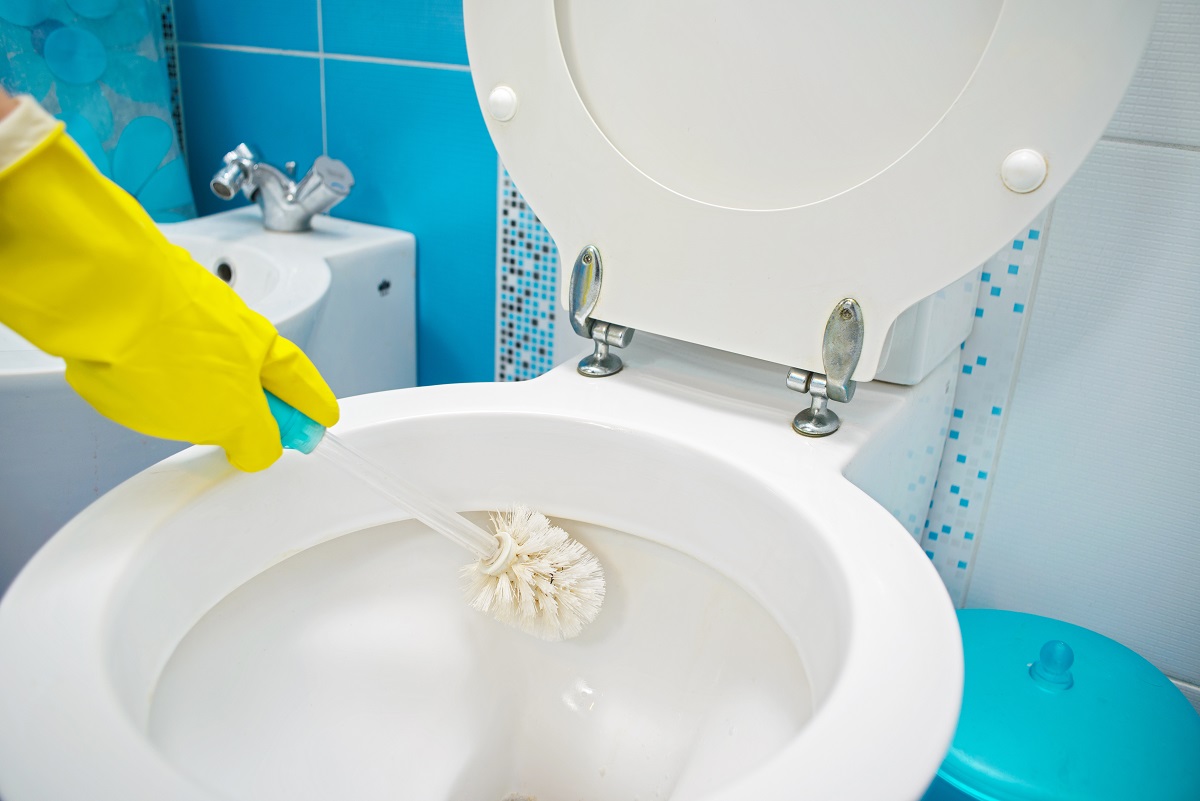
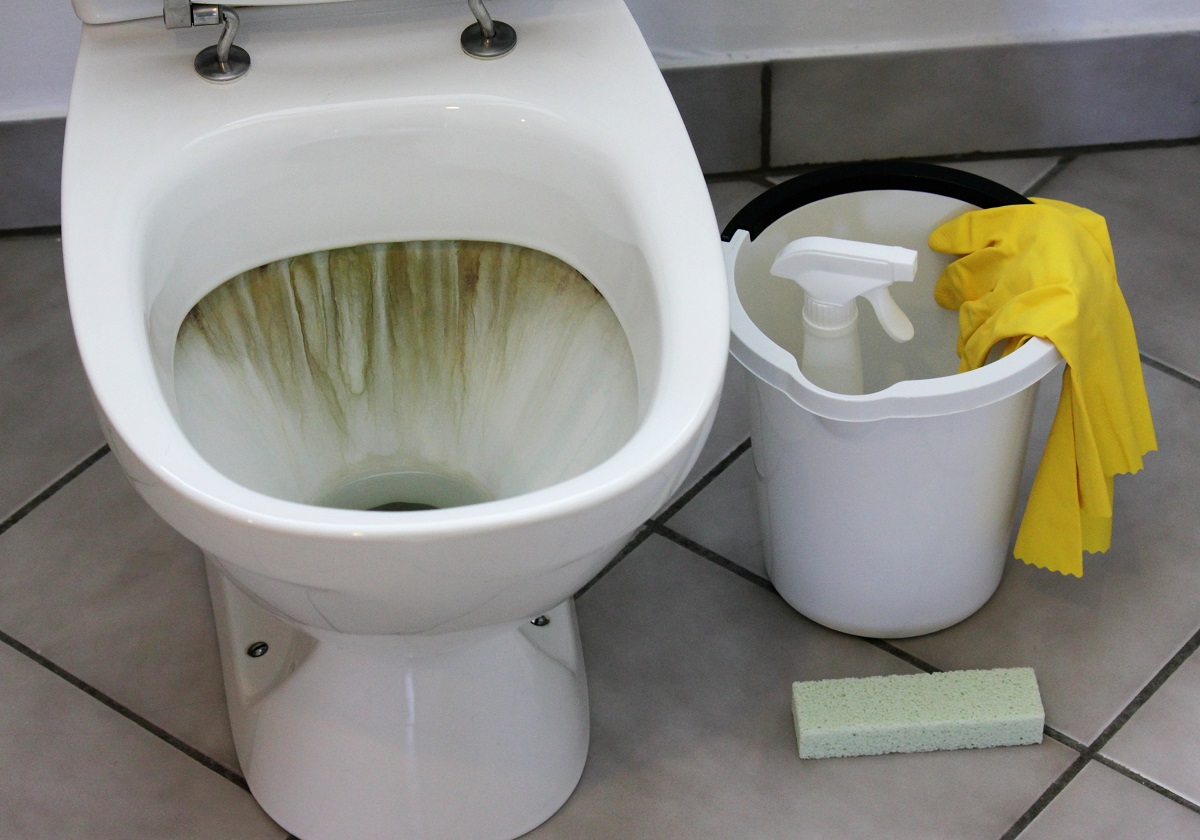
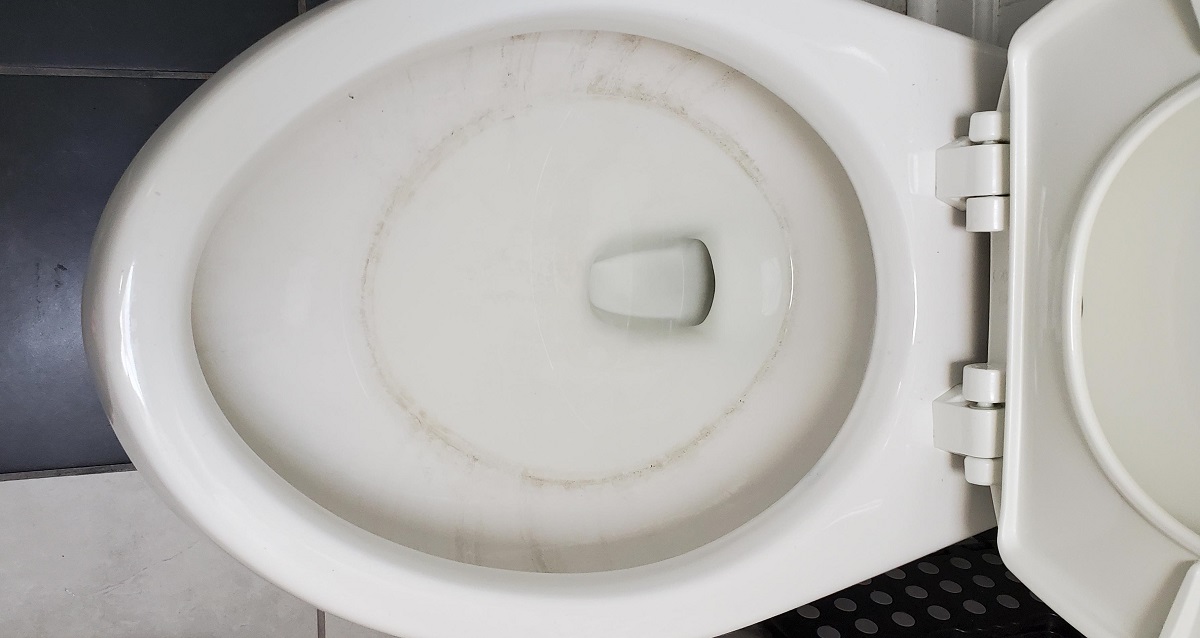
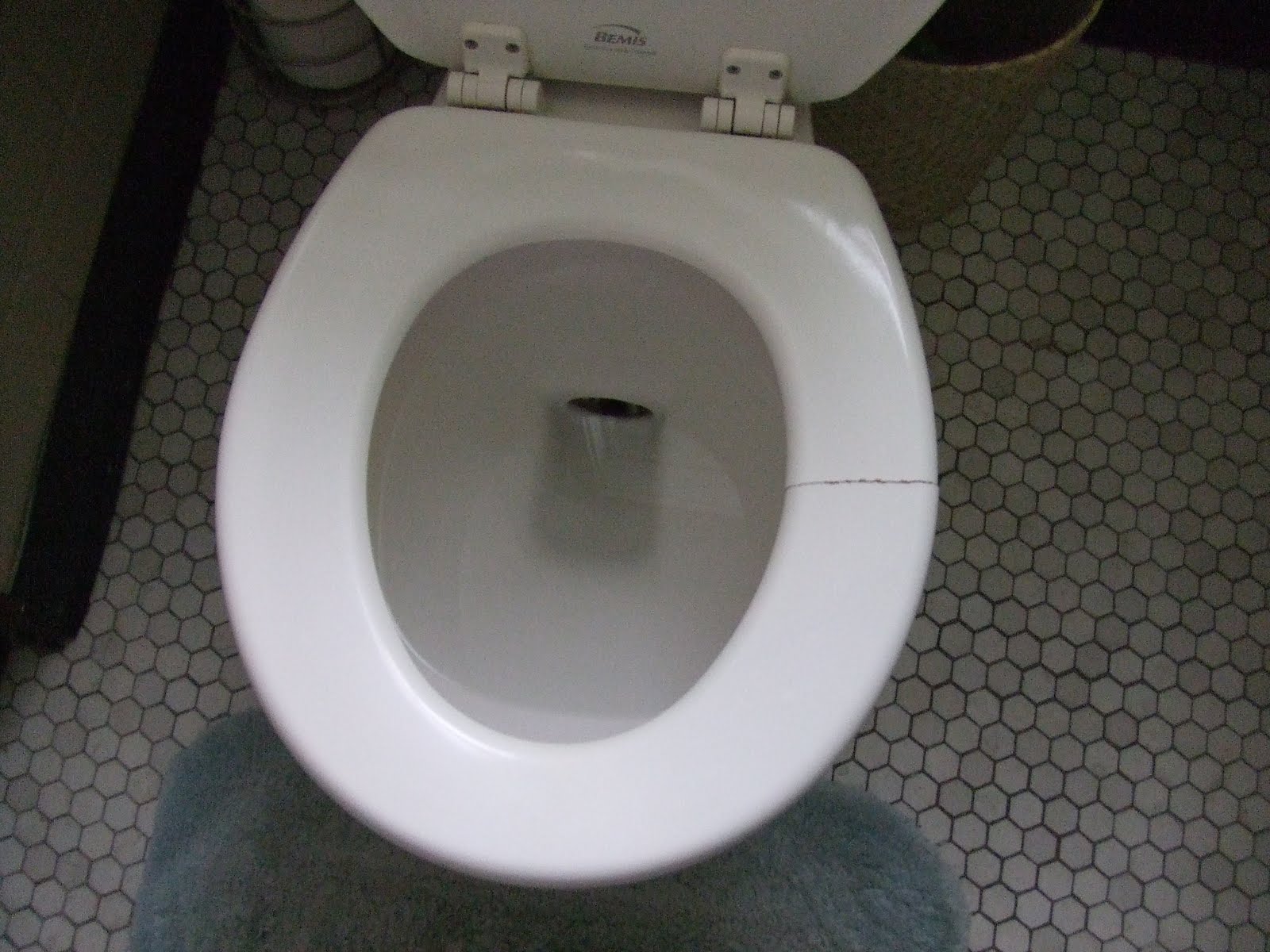
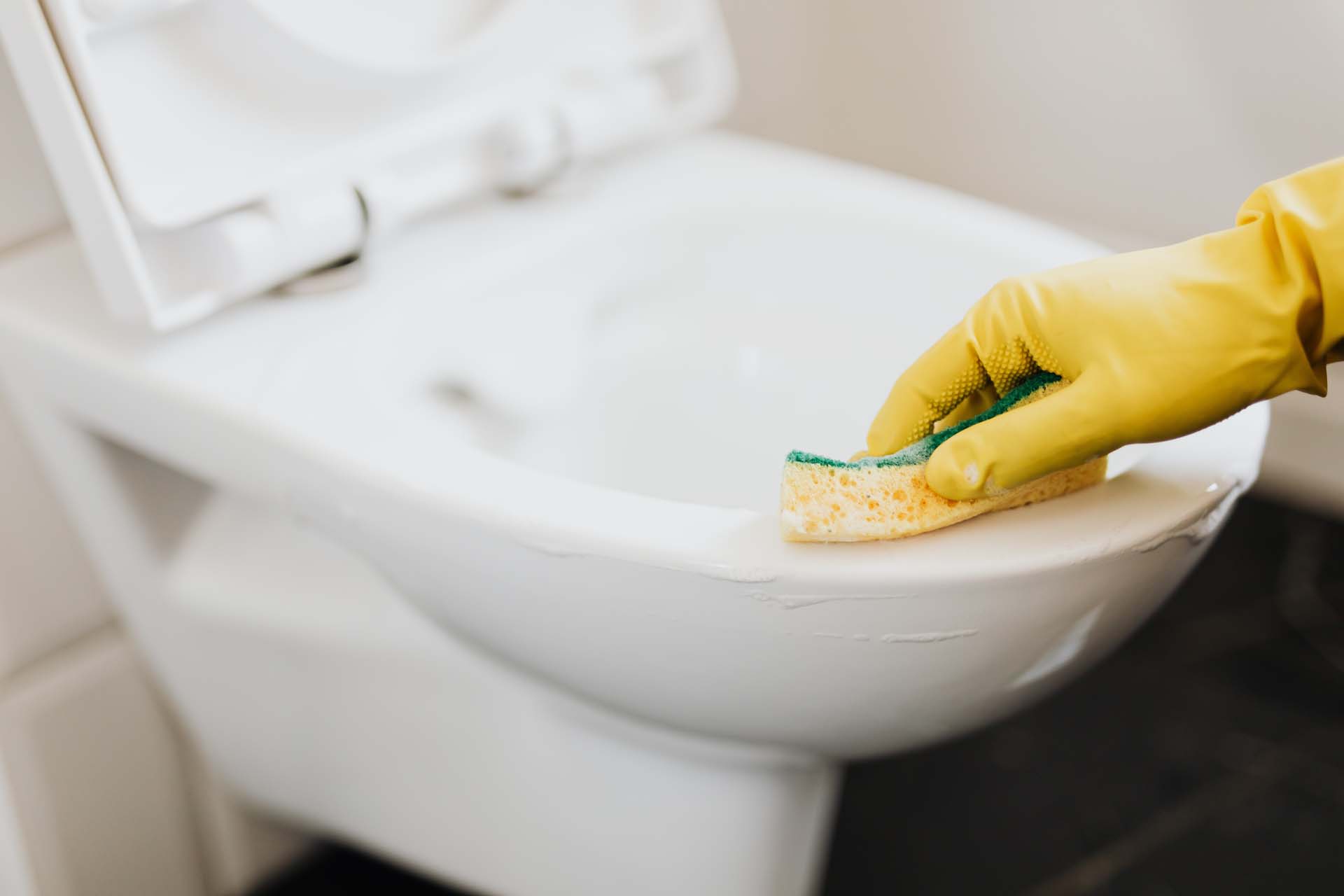
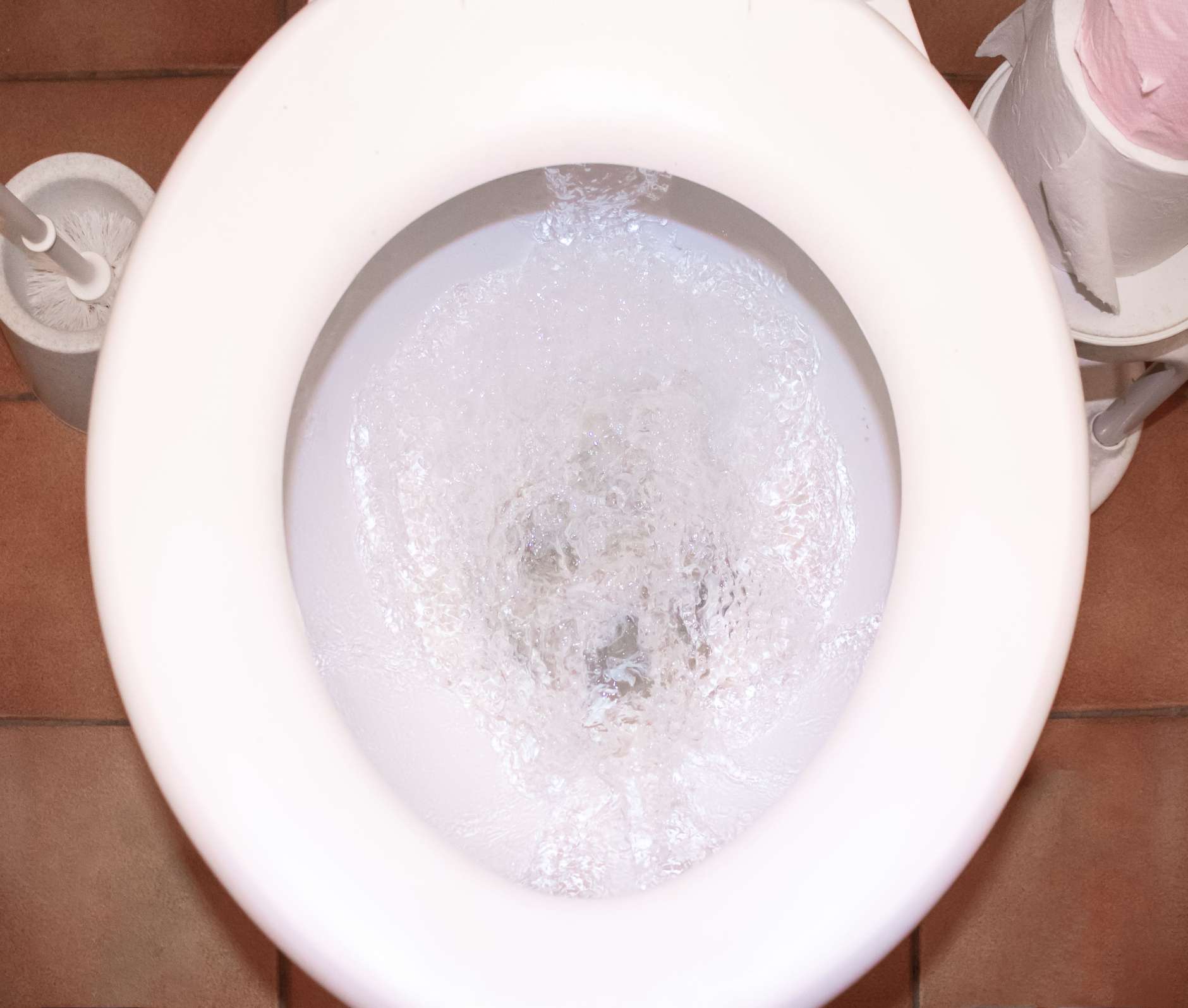
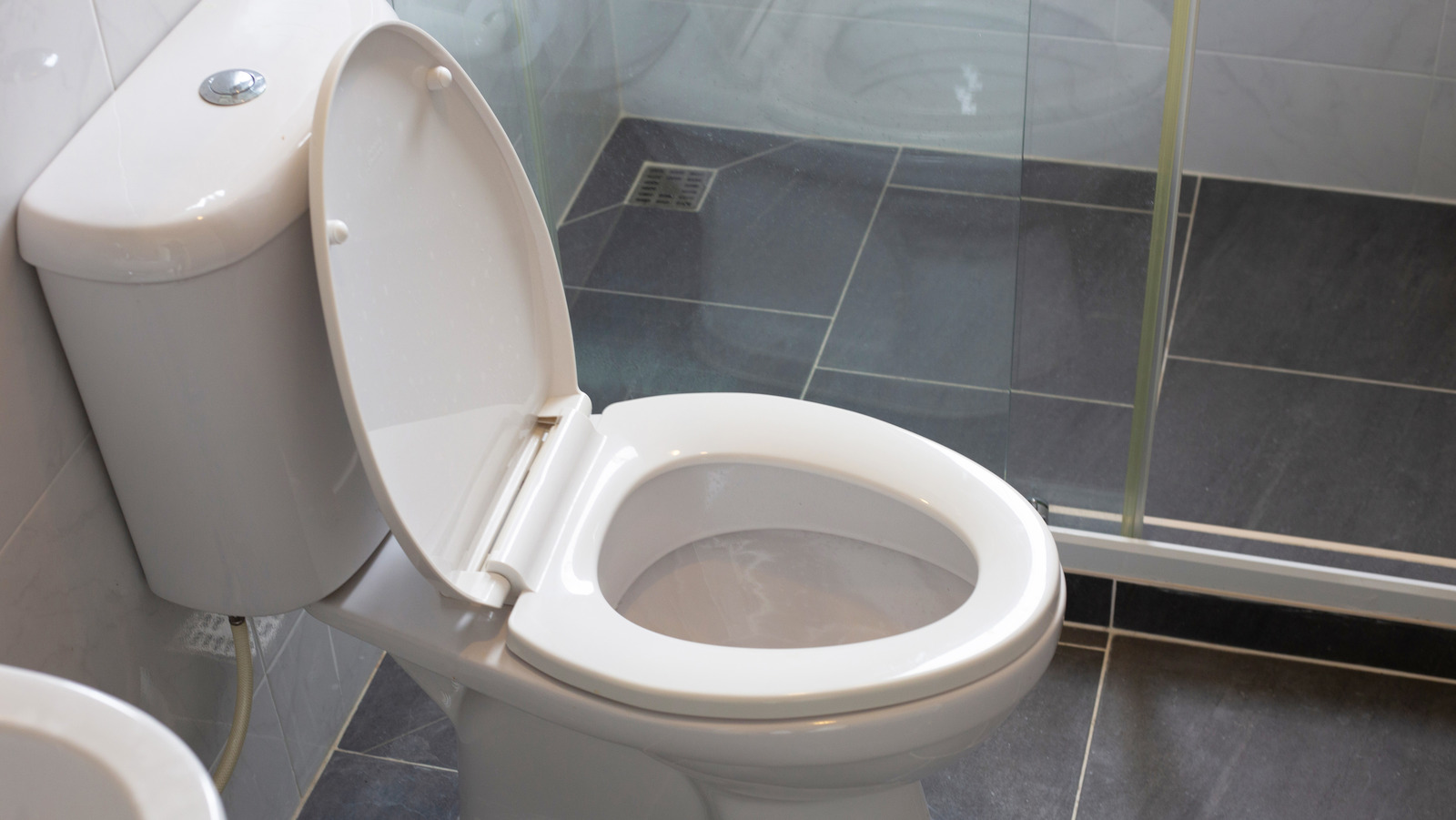
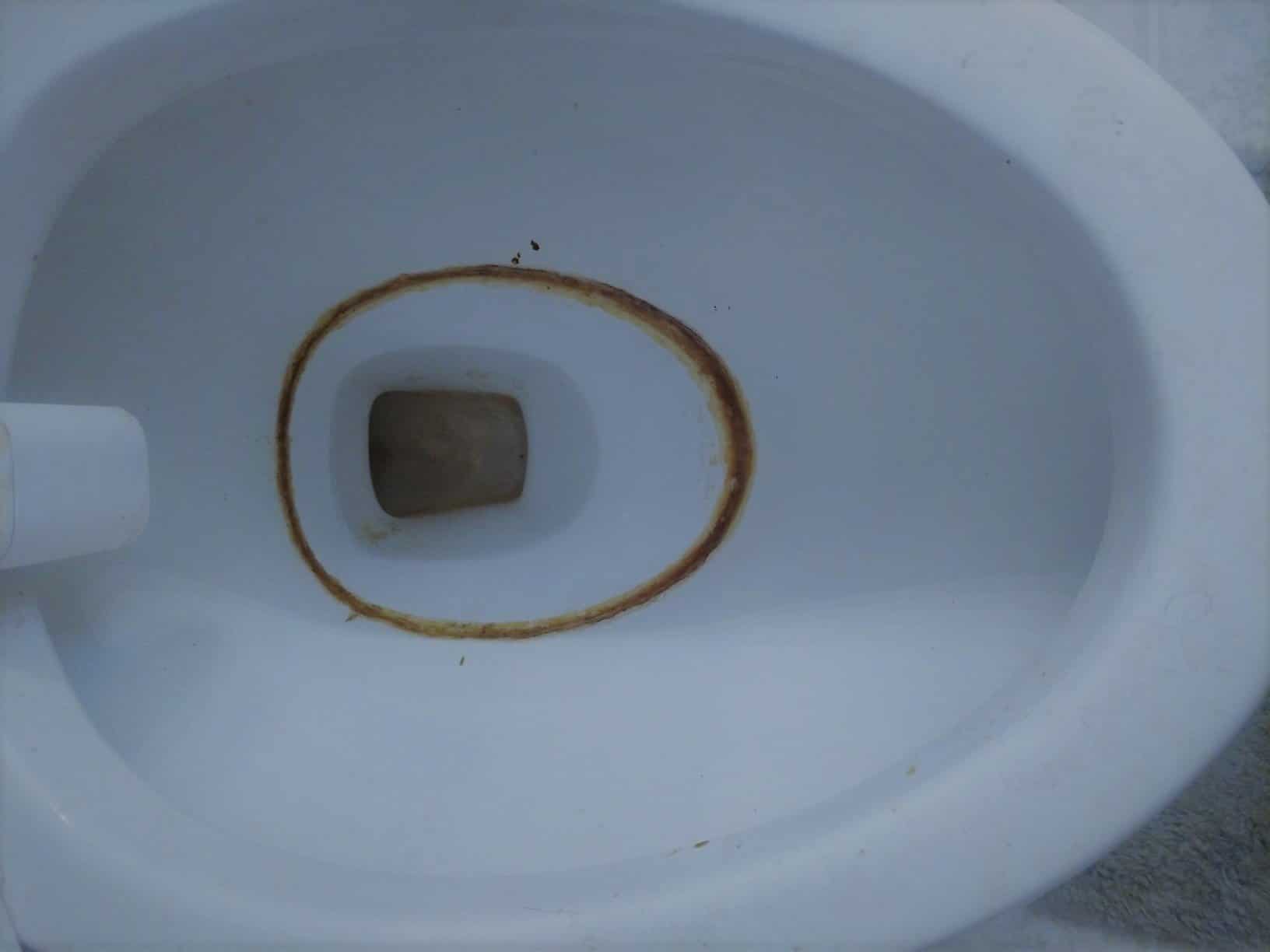
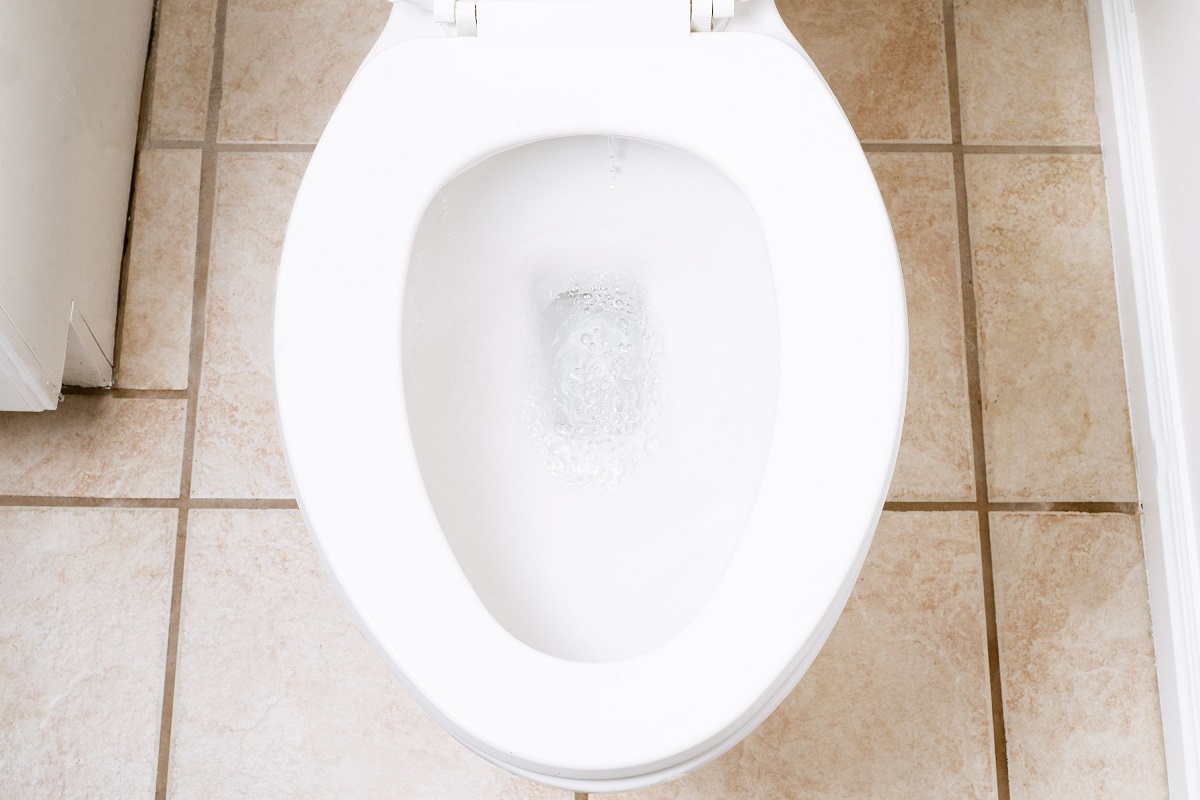
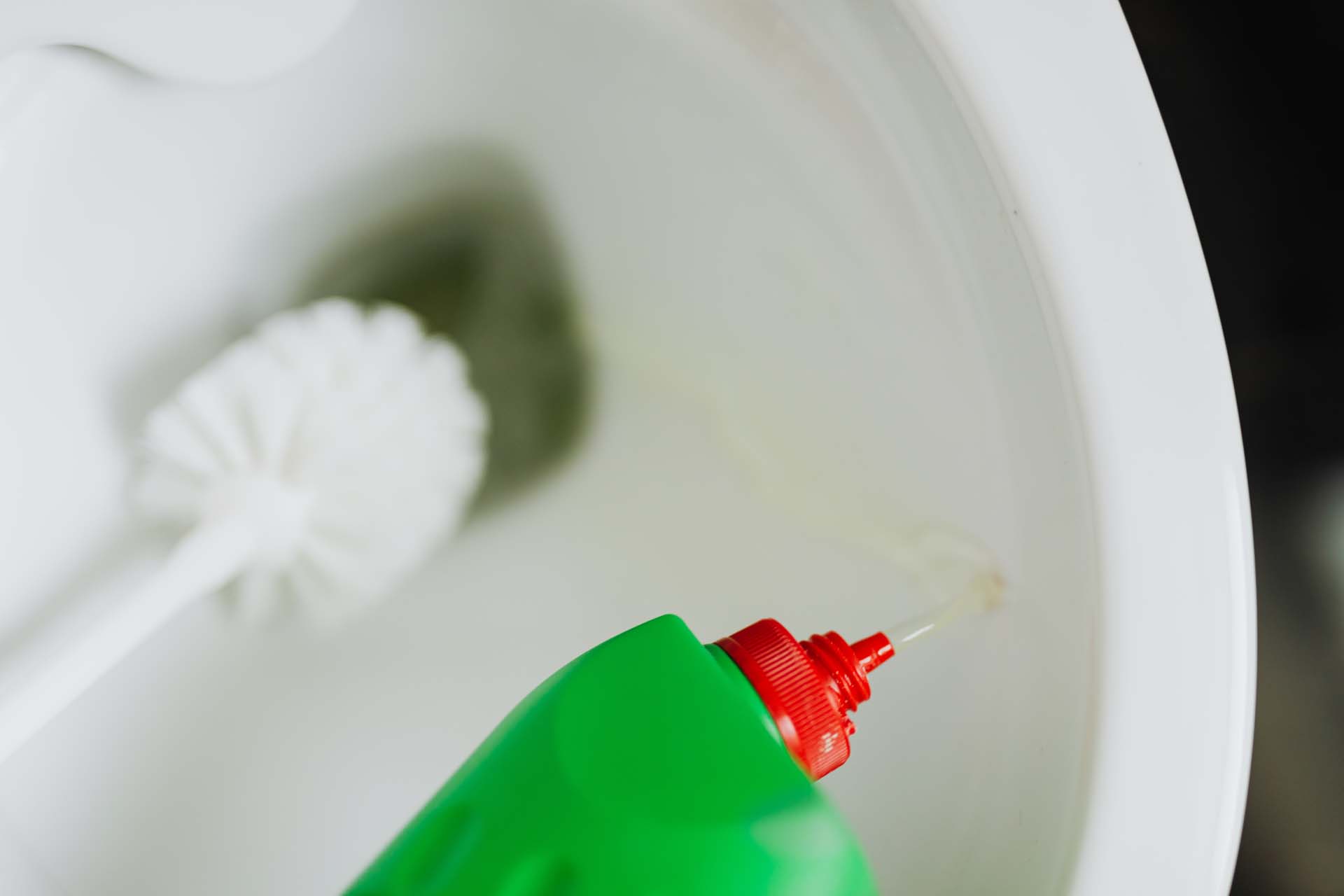
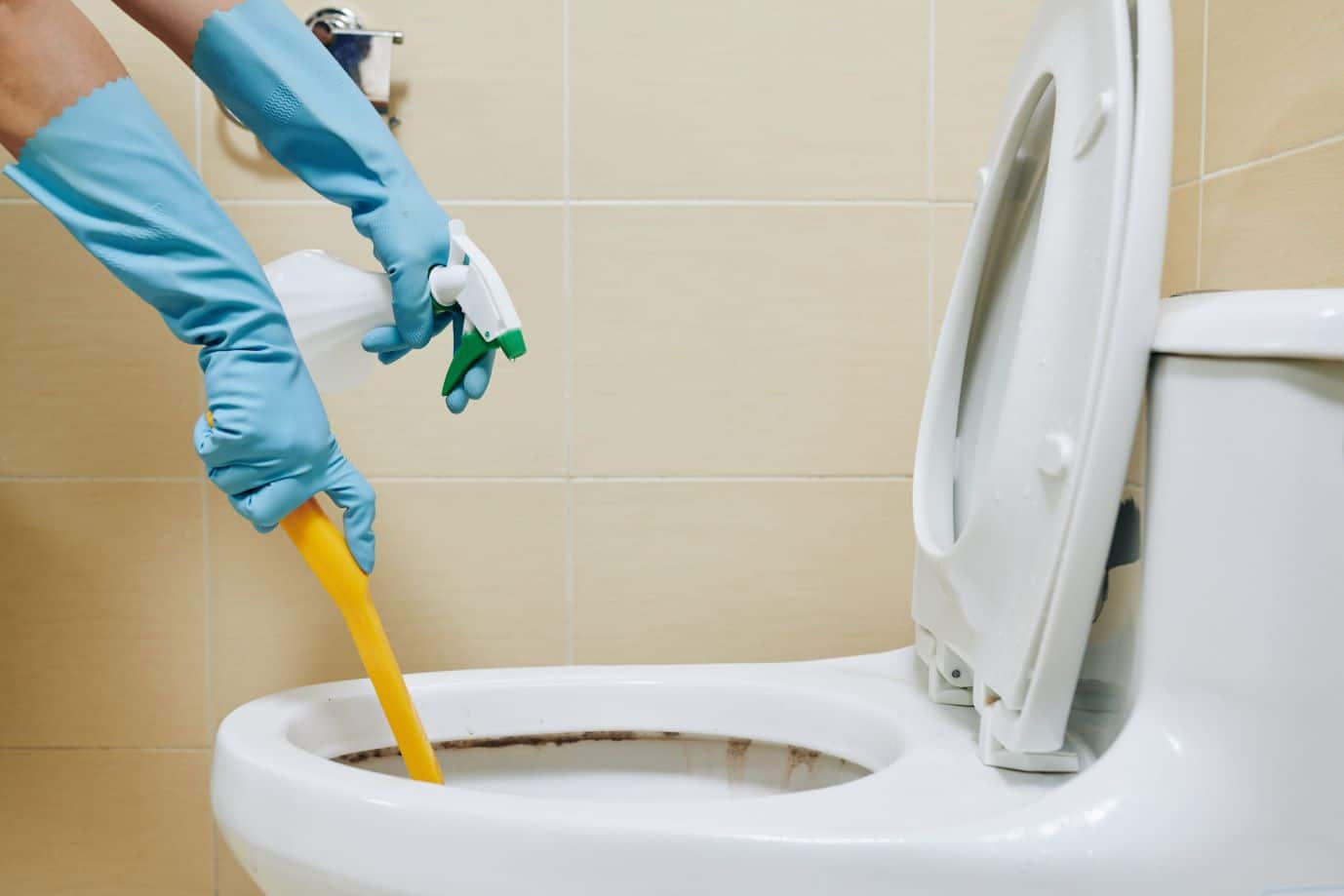
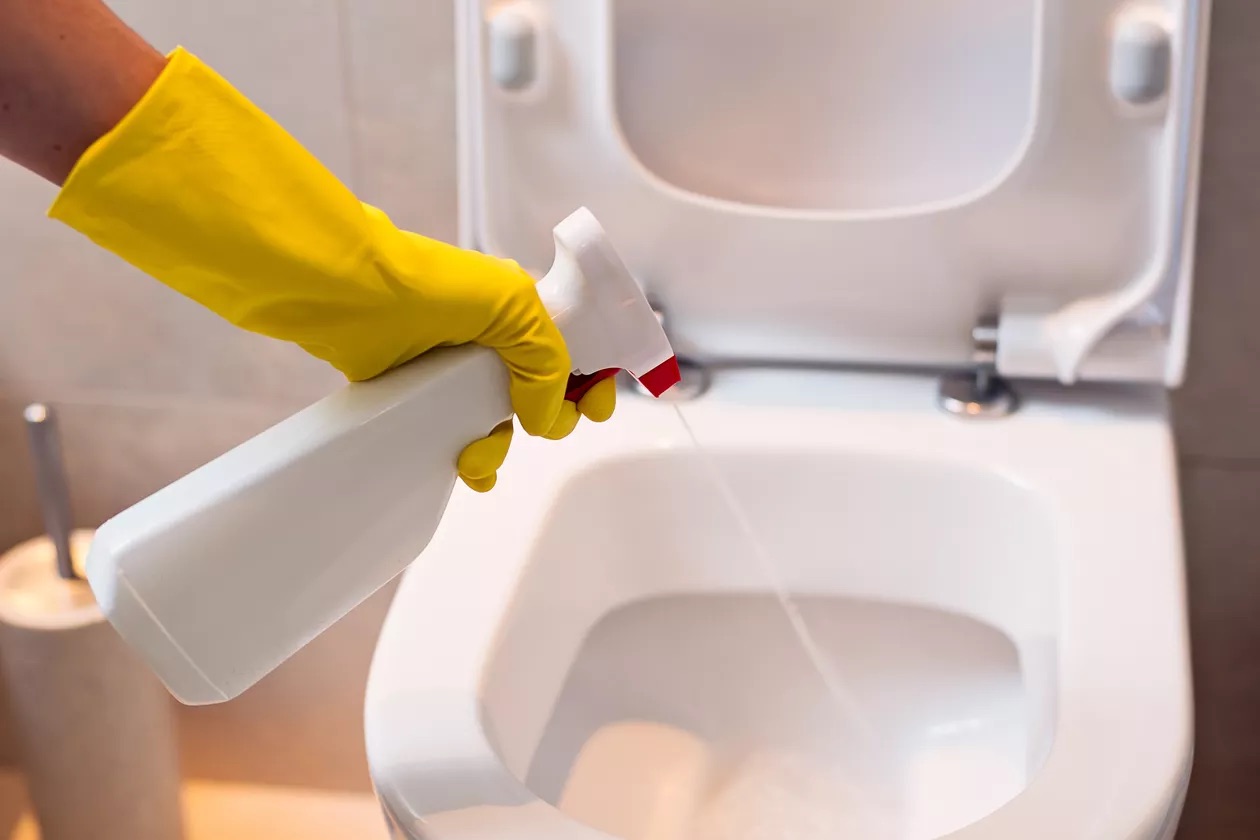
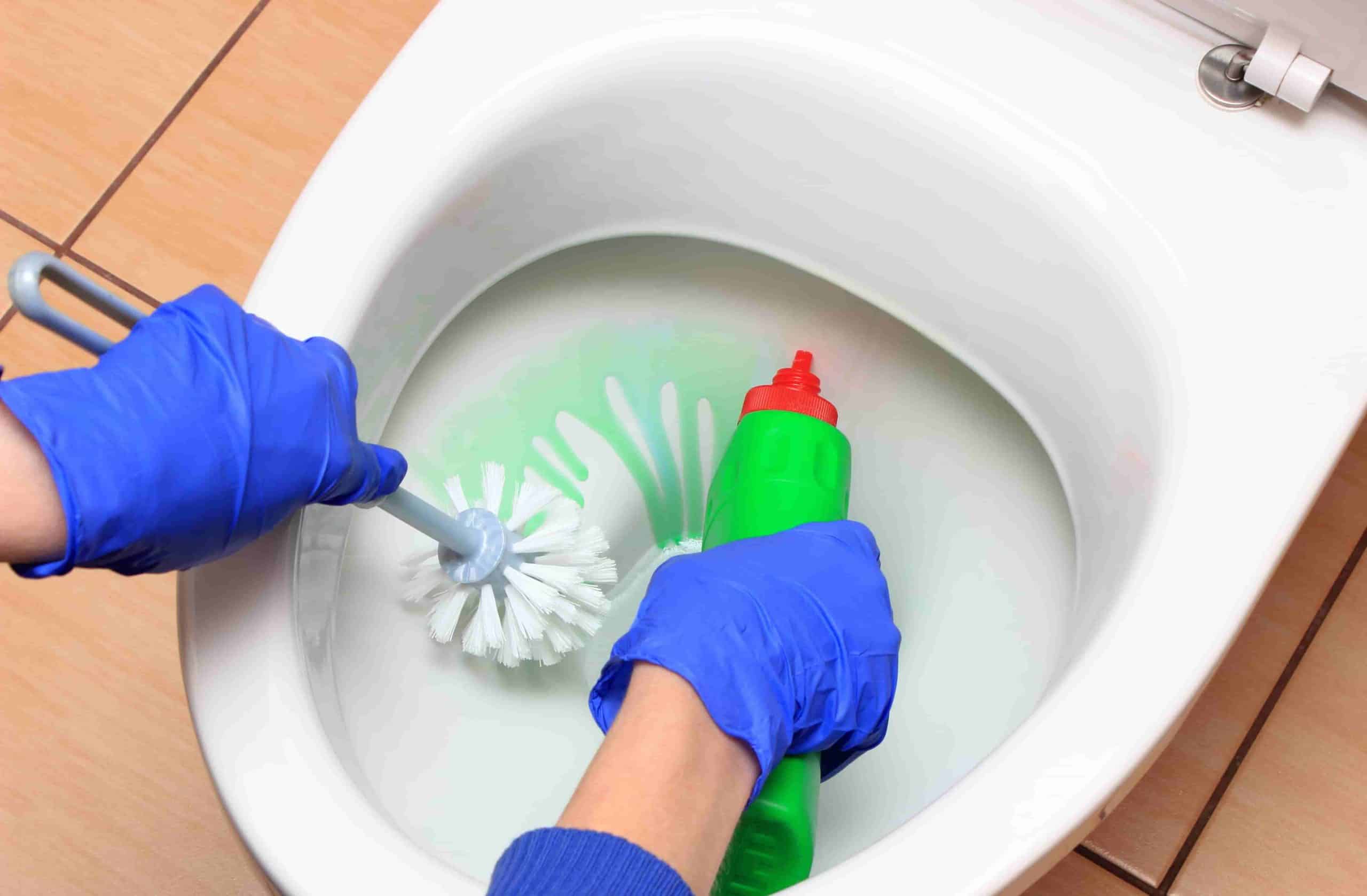

0 thoughts on “What Causes Toilet Bowl Stains”